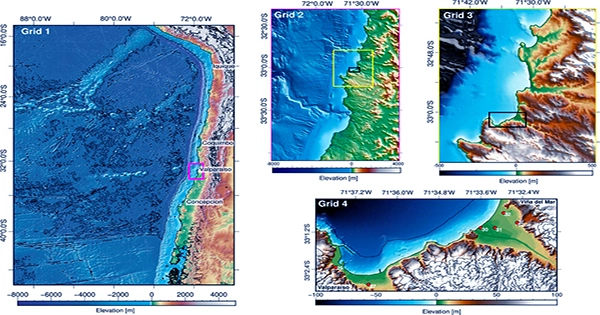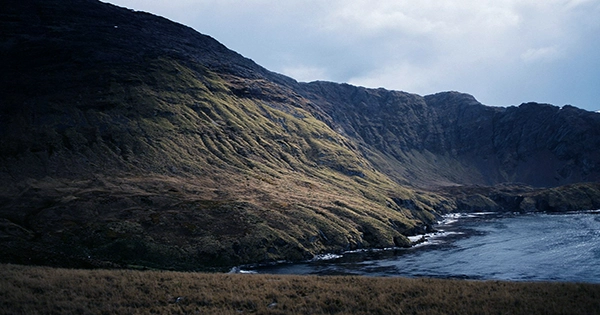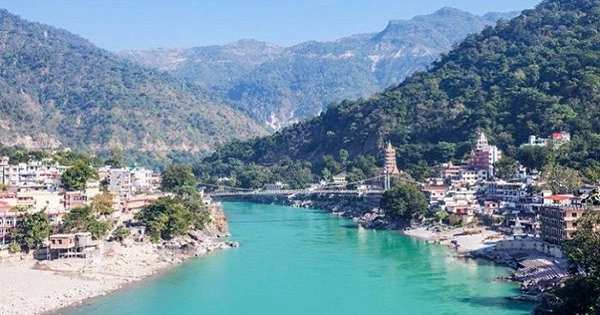A mystery tsunami struck the earth in August 2021, reaching an incredible 10,000 kilometers (6,000 miles) over three distinct oceans. Seismologists were immediately perplexed; a magnitude 7.5 earthquake had occurred in the south Atlantic just previous to the tsunami, but it was 47 kilometers (29 miles) below the surface, far too deep in the ocean to generate such a wave.
The scientists discovered that the massive rupture, which spanned 400 kilometers (250 miles), should have caused a larger earthquake, but the riddle has remained unsolved ever since. According to recent study published in the journal Geophysical Research Letters, the causative earthquake near the South Sandwich Islands was actually five separate sub-quakes in a sequence, concealing a weaker magnitude 8.2 earthquake that caused the far-reaching tsunami.

As a result of this finding, worldwide earthquake monitoring may need to be improved in order to detect more complicated quake interactions. Deep-ocean earthquakes are difficult to detect, and existing seismological tools only provide pictures of the occurrence. However, this does not necessarily provide researchers the whole story, so Zhe Jia, Zhongwen Zhan, and Hiroo Kanamori dug deeper into the data, looking for lengthier, 500-second fragments that could explain the tsunami.
Only then did they detect a 200-second magnitude 8.2 earthquake that struck just 15 kilometers (9 miles) beneath the surface, significantly shallower than the single event had been thought to be. The conditions were ideal for a huge tsunami to surge across the surface at this depth and magnitude. Despite this, it went unnoticed in the midst of the chaotic rumble of numerous other quake events.
“The third event was unique in that it was both large and silent,” Jia said in a statement. “It was nearly undetectable in the data we regularly look at.” In just 200 seconds, 70% of the total energy from all of the quakes was released, resulting in a tsunami that swept across the Atlantic, Pacific, and Indian oceans. Although the tsunami proved unproblematic, scientists are urging seismologists to use the findings to enhance earthquake fallout forecasts.
“We need to reassess how we deal with earthquake-tsunami risks.” To do so, Jia says, “We need to quantify the true size of large earthquakes, as well as their physical processes, quickly and correctly.” “When these complex earthquakes strike, we say to ourselves, ‘Oh, that wasn’t that huge, we don’t have to worry.’ Then the tsunami hits, wreaking havoc,” said Judith Hubbard, a geologist from Singapore’s Earth Observatory who was not involved in the research.
















